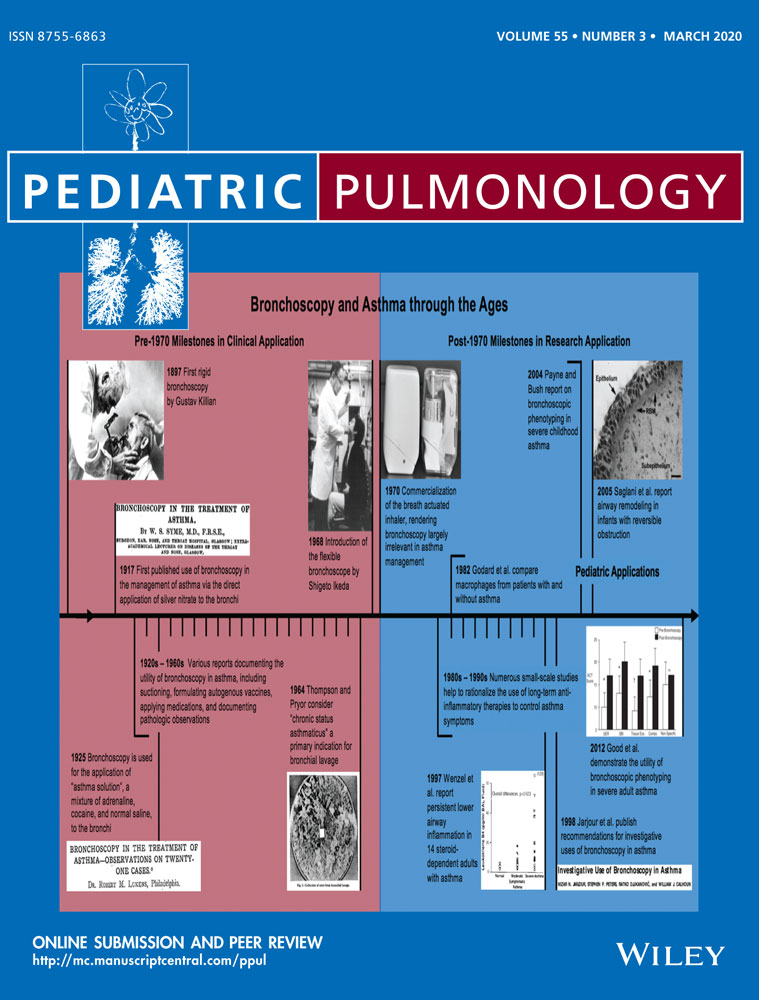Nasal high flow in preterm infants: A dose-finding study
Abstract
Objective
To investigate the relationship between applied flows of nasal high flow (NHF) and physiological outcomes and work of breathing (WOB), to identify an optimal delivery flow which results in reduced WOB in preterm infants.
Design
A prospective observational clinical study with randomly applied NHF rates.
Patients and Setting
Preterm infants within 72 hours of commencement of NHF respiratory support.
Interventions
Infants were initially placed on 8 L/min of NHF and flows of 2, 4, and 6 L/min were then applied in random order.
Measurements and Results
WOB was measured using transcutaneous electromyography and respiratory inductance plethysmography. Physiological variables were also recorded. Measurements taken 10 minutes after each flow change were compared with 8 L/min. Sixteen infants with a median gestational age of 28 (range 24-31) weeks and postnatal age of 14 (2-55) days were included in the study. The median flow rate before the study was 6 (4-8) L/min and a fraction of inspired oxygen (FiO2) was 0.21 (0.21-0.26). Changes in flow resulted in changes in activity in the front diaphragm (P = .027) and intercostals (P = .034). The electrical activity of the front diaphragm at 8 L/min was significantly lower than that at 2 L/min (P = .016). Respiratory rate was lowest at 6 L/min (P = .002) and SpO2/FiO2 was highest at 8 L/min (P < .04).
Conclusion
In preterm infants, changes in WOB resulting from randomly applied levels of NHF can be demonstrated by measuring the electrical activity of the diaphragm and intercostal muscles with transcutaneous electromyography. In combination with physiological measurements, the similarities in electrical activity between 4, 6, and 8 L/min suggest that these three flows may be equally as effective.
CONFLICT OF INTERESTS
AS and JLH have received support for travel and accommodation from Fisher & Paykel to attend conference presentations. Remaining authors declare that there are no conflict of interests.




